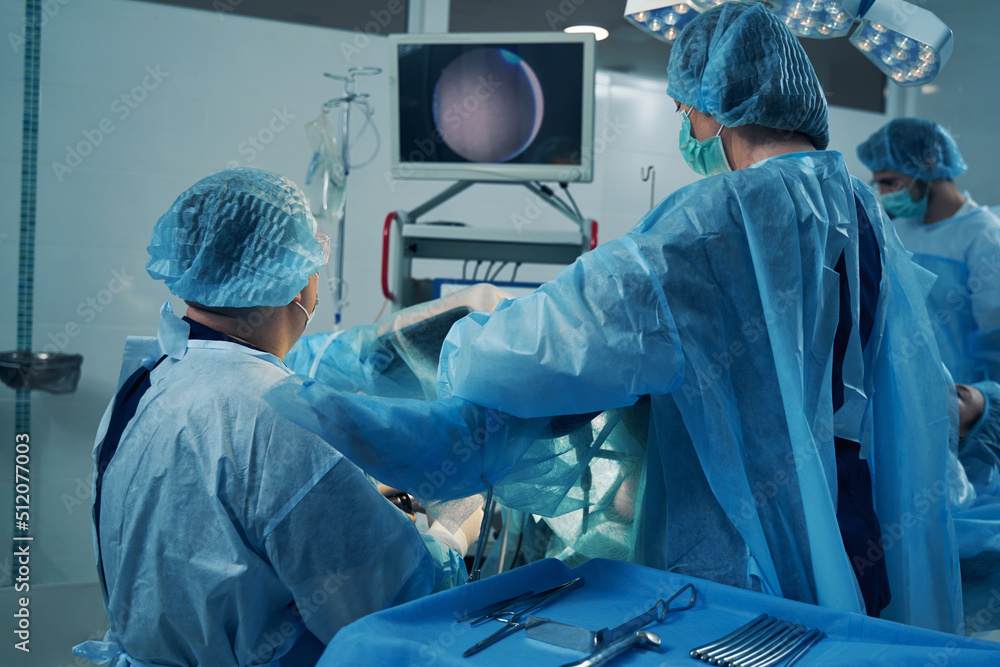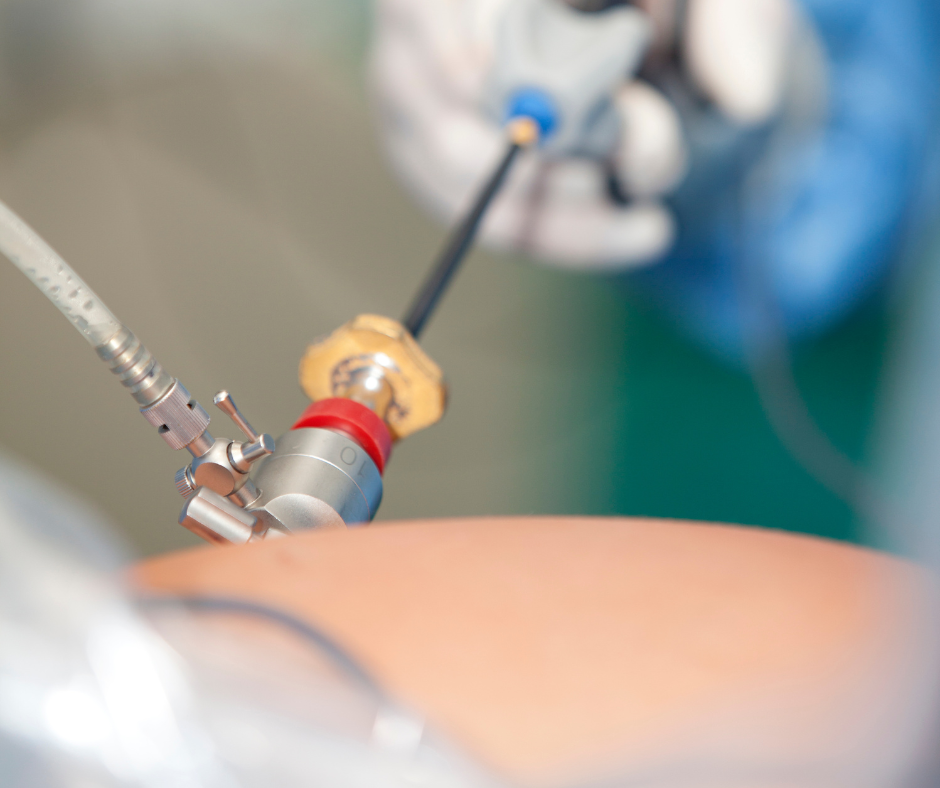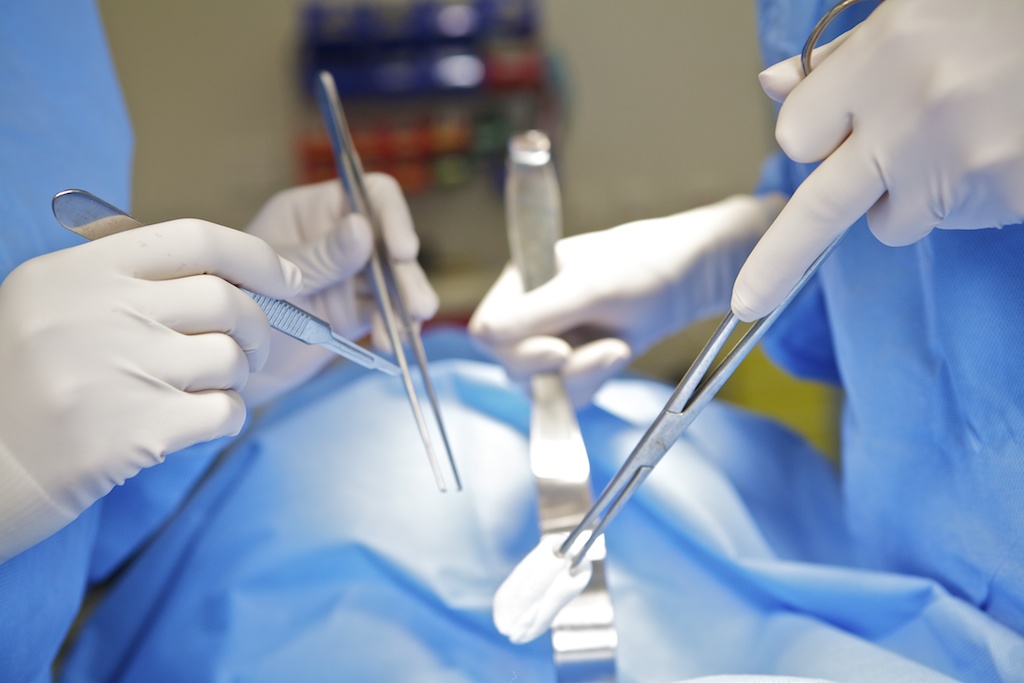
This is a surgical procedure very similar to having your cervical screening test (formally known as pap smear).
You are awake for this procedure and it is undertaken in the medical rooms. It involves looking at your cervix under a microscope with use of solutions to identify any areas of concern that might require a biopsy.
This procedure typically takes 10-15 minutes and does not require any anaesthetic or sedation. It is well tolerated by patients.
Dr Daniels is C-QuIP certified, this means he is able to confidently manage an abnormal cervical screening result that may warrant further investigation through a colposcopy.

A Hysteroscopy is considered a minor, minimally invasive surgical procedure. It involves examining the lining of the uterus with a camera under a general anaesthetic.
A diagnostic hysteroscopy typically takes 15-20 minutes or so; where as an operative hysteroscopy which can include removal of polyps, uterine adhesions, uterine septum or fibroids can take up to 60 minutes to complete.
You will typically only come to the hospital for day surgery and will go home the same day; women can expect some light bleeding and cramping abdominal pain afterward. We recommend taking the day of surgery off as well as the next day.

A laparoscopy is a global term for ‘key hole surgery’. It is a minimally invasive surgical procedure and involves small 5mm incisions in the abdomen as opposed to a larger incision. The benefits of a laparoscopy are that patients will recover faster, have reduced hospital stay, reduced post operative pain and improved cosmetic results.
A laparoscopy is utilised for multiple types of surgery, some examples of surgery include endometriosis excision, ovarian cystectomy, uterine fibroid removal, hysterectomy and prolapse repair. Depending on the extent of surgery will dictate the length of stay in the hospital, a lot of the time a patient can go home on the same day and many cases will only need to stay one night in hospital and be discharged home the next day.

Depending on the nature of your prolapse, will largely dictate the approach for the repair. Some types of vaginal prolapse lend themselves better to a vaginal approach, whereas others will benefit from a laparoscopic repair.
Both surgical procedures will typically results in an overnight stay and discharge the following day, they are considered minimally invasive providing maximal benefit for a quicker recovery and reduced post operative pain.
Gynaecologist and Advanced Laparoscopic Surgeon
Mon-Thurs 8:30 am to 4:30 pm
Friday 8:30am to 2:30pm
© 2025 Dr Sam Daniels. All Rights Reserved.